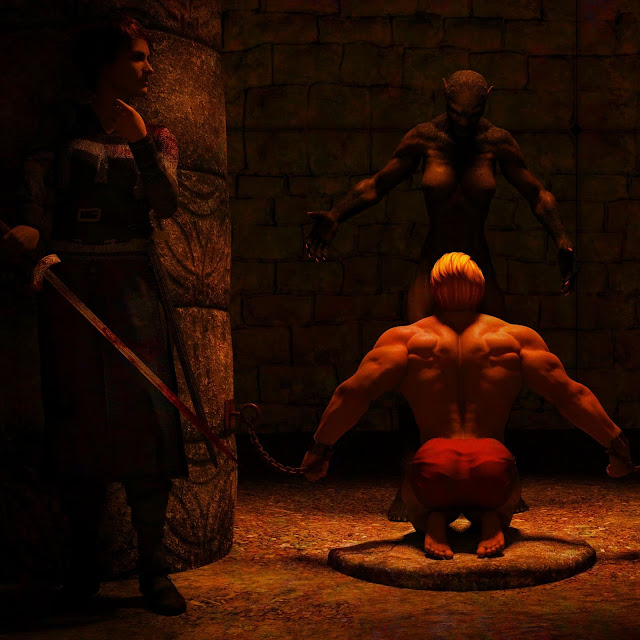Note: Google has screwed up its support for third party 360 panorama viewers. Thus, you may not be able to see the panorama at the beginning of this article. I am working on a fix. It may take some time.
Panorama 360 pictures are easier to create than you might think. If you are into photography, you can do it by taking several pictures and stitching them together in a program like Affinity Photo or Photoshop. You can also use dedicated panorama software like Hugin.
If you want to make it really easy, and have the money to spend, you can buy a 360 panorama camera.
If you are into 3D, programs like Daz Studio, Blender, and many other 3D programs have the capability to render 360 panoramas. That's the easy part, but...once you have a360 panorama, where and how do you publish it?
Facebook: Painful, but it works
Facebook has had 360 panorama support for some time now. It works well, but uploading a panorama picture is a kludgy, slightly painful process.
Facebook uses metadata in pictures you upload to decide whether they are panorama pictures. This, of course, hinges on the pictures actually having the correct metadata from the start.
Unless you are using a 360 panorama camera, chances are, your 360 panorama won't have that metadata.
However, you can add that metadata to the picture yourself. The following description is for Windows 10:
- Make sure that you have a real 360 panorama picture:
- The width is twice the height.
- The picture uses equirectangular projection
- Right-click on the picture, and select Properties from the pop-up menu. The Properties dialog opens.
- Select the Details tab.
- Scroll down until you see the Camera maker and Camera model properties.
- Enter RICOH in the Camera maker field.
- Enter RICOH THETA S in the Camera model field.
7. Click the OK button.
That is it!
Facebook will believe the picture is a 360 panorama shot with a Rico Theta S camera, and will handle it as the 360 panorama it actually is.
Google: How to get it, but get it wrong
The blog site I use to publish my blog, Blogger, is a Google owned sight. You may have noticed that I am using the Orb Panorama Embedder to display the panorama painting at the beginning of this article. That is because Google truly sucks at handling panoramas.You would expect that Google, with its support for 360 panoramas in Google maps, would have an excellent way of embedding panoramas on its blog site, and have panorama support in Google Photo, and its other products, but no.
Google does offer 360 panorama support for web developers, but not for ordinary users.
The problem, I believe, is that Google has been so focused on using 360 panoramas in Google Maps, that they forgot all the other ways 360 panoramas can be used.
ArtStation: 360 panoramas done right
One site that gets how 360 panoramas should work, is ArtStation. When I upload a panorama to ArtStation, I just tell ArtStation that it is a panorama that I am uploading.Then, everything works. No hazzle. No metadata to set manually.
Funny how ArtStation has managed to implement 360 panoramas in a much simpler way than Facebook and Google.
Instagram: Just a heap of bad news
Sadly, Instagram does not support 360 panoramas!There is a workaround: You can publish panorama photos by slicing them up into square pieces, and publish them using Instagram's multi-picture upload feature.
Unfortunately, this works only on cylindrical panoramas. 360 panoramas are spherical. Think of the camera as placed in the center of a sphere. In order to project the spherical image to the flat surface of a picture in your camera or computer, a mathematical model called equirectangular projection is used.
I havent yet seen a piece of software that handles equirectangular projection when slicing a true 360 panorama.
There is another possibility: Convert the 360 panorama to a video, and upload that. You can probably do it with Pano2VR, but I haven't tried that yet.
For the time being, Instagram just isn't a good platform for publishing 360 panoramas.


